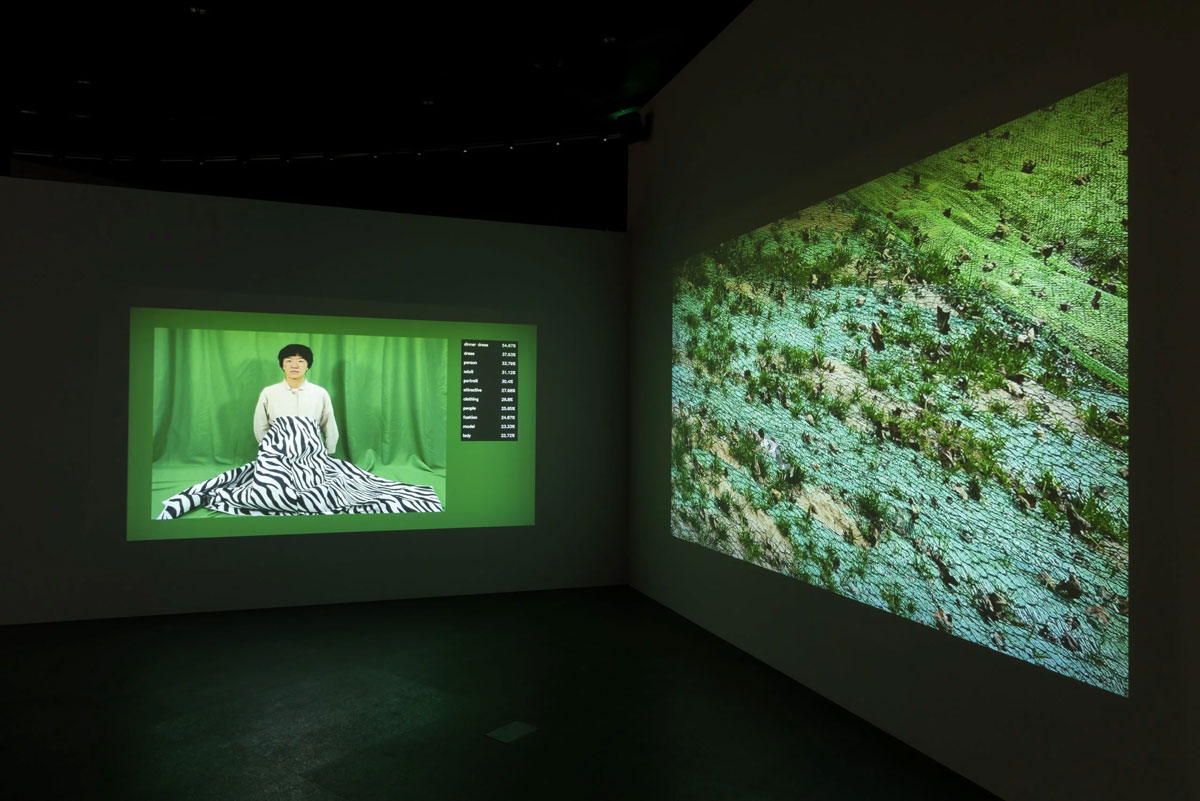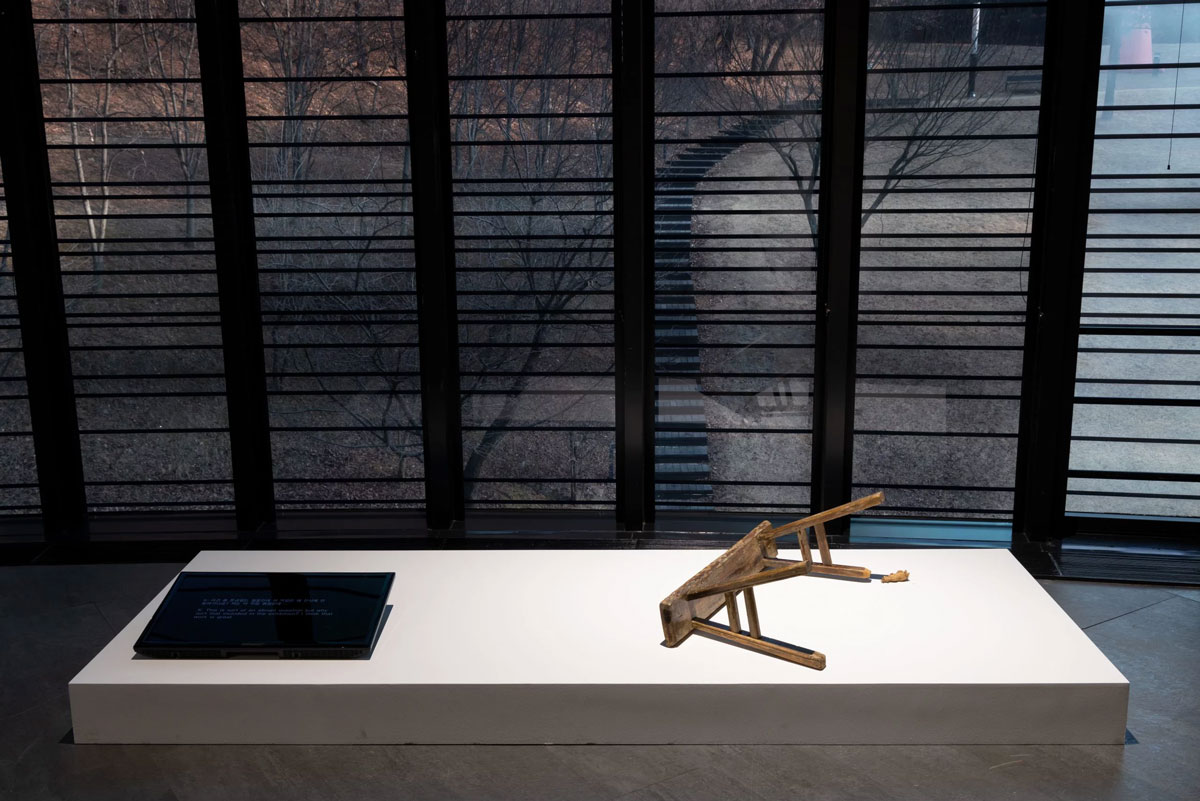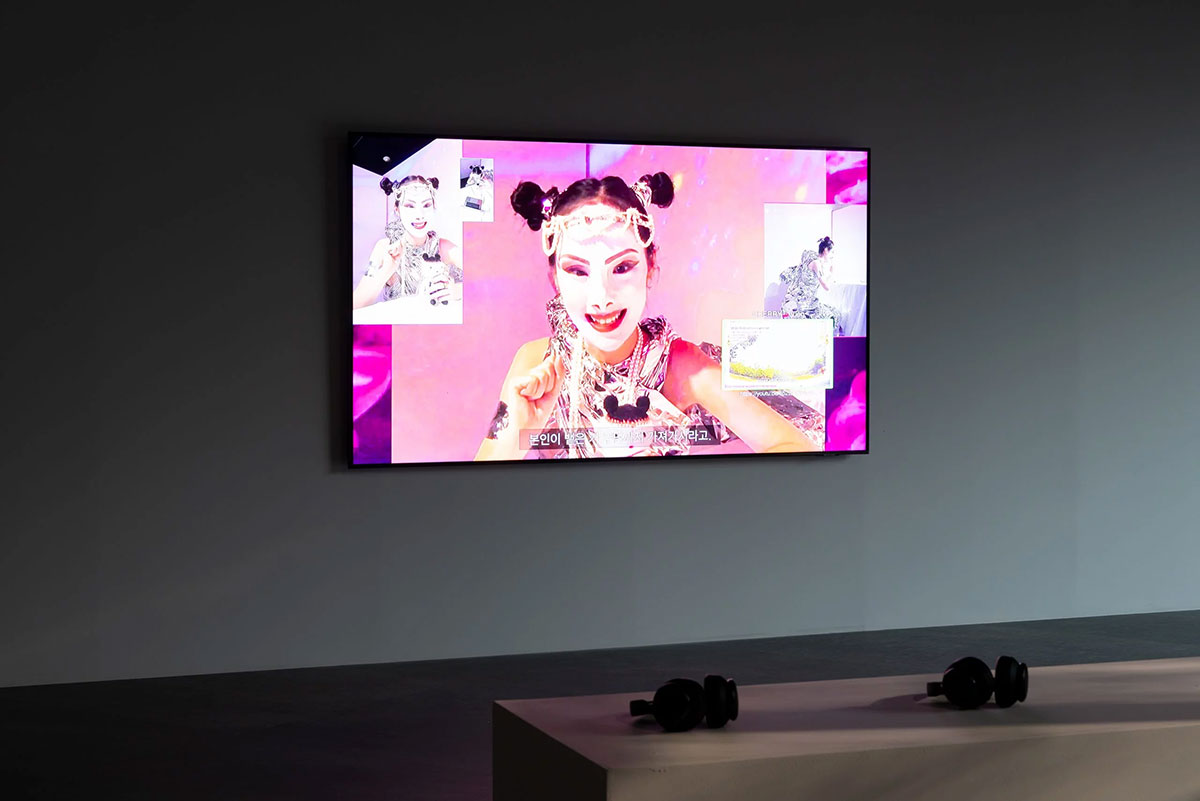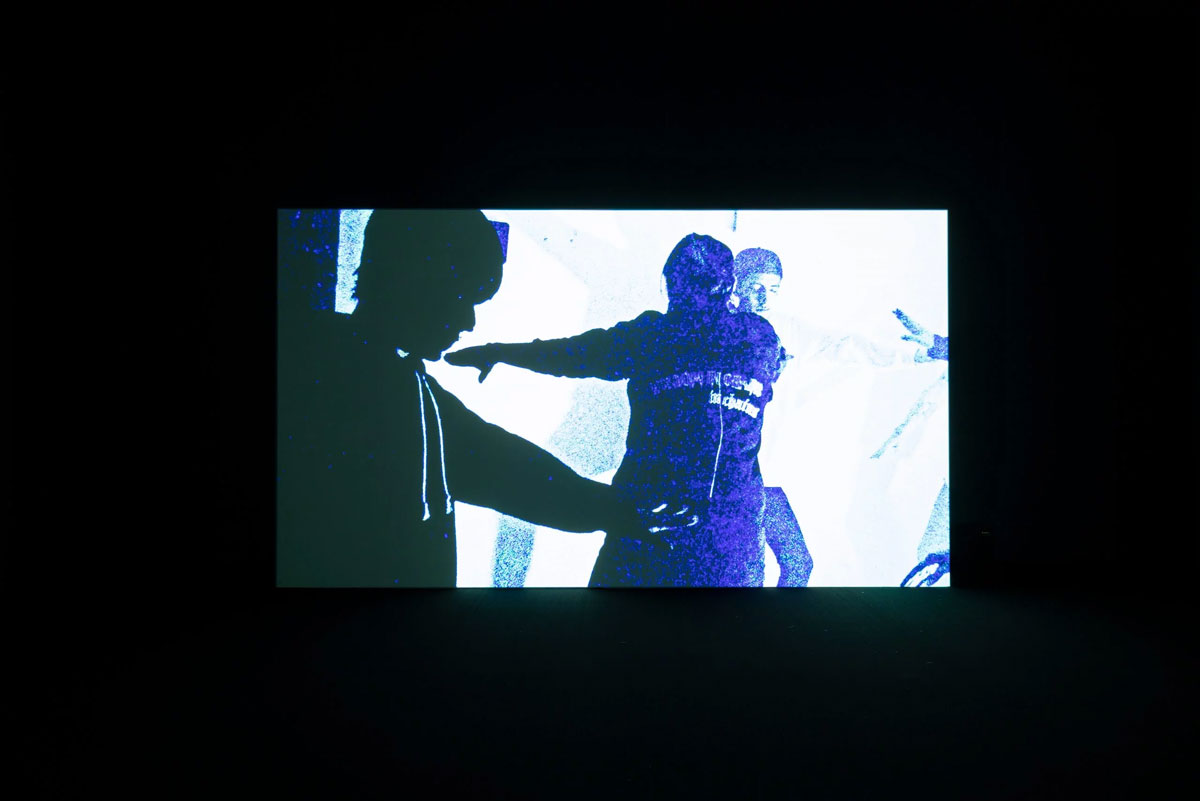PRESENTATION: On Collecting Time
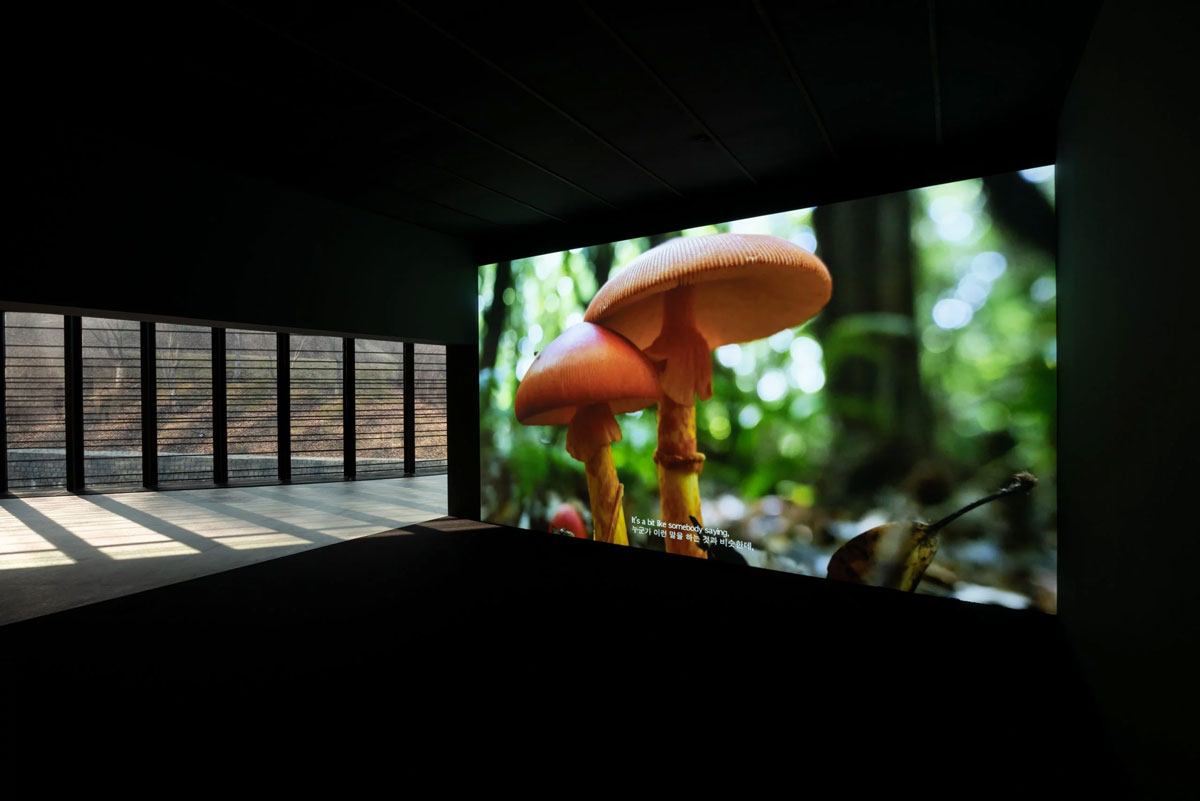 In a “strange time” when we were forbidden to meet face-to-face, the doors of the museums, making exhibitions and providing education, were also closed. During that time, Nam June Paik Art Center began collecting contemporary media art while waiting for the day to meet the audience again. The works collected then are shown in this exhibition. Covering different themes and artists that cannot be grouped into a single keyword, the works contain various questions and indications of the strange time.
In a “strange time” when we were forbidden to meet face-to-face, the doors of the museums, making exhibitions and providing education, were also closed. During that time, Nam June Paik Art Center began collecting contemporary media art while waiting for the day to meet the audience again. The works collected then are shown in this exhibition. Covering different themes and artists that cannot be grouped into a single keyword, the works contain various questions and indications of the strange time.
By Efi Michalarou
Photo: Nam June Paik Art Center Archive
“On Collecting Time” is the new acquisitions exhibition presents 11 works by nine artists/teams collected by Nam June Paik Art Center from 2020 to 2021, an unprecedented era of long-term closure of art museums. The exhibition affirms that Nam June Paik Art Center is carrying out a mission to collect and research into the works of contemporary media artists as well as Paik’s. In addition, expanding the horizons of Paik’s work, which combined “temporal art” with the existing category of “spatial art,” it initiates discussion and generates controversy, “to collect” works of art that “cut through the waist” of time. These new acquisitions deal with “human time and machine time” in various forms, such as video, installation, drawing, performance, robots, and A.I. They reflect on a specific historical time and reveal the poetic beauty of non-deterministic and accidental time. Collections point in the museum’s direction. The new 11 acquisitons of Nam June Paik Art Center challenge the discourses on collecting by traditional art museums. “An Evolving Gaia” (Jinah Roh), a robot that wants to become a human, will be updated to the 2023 version in this exhibition. This piece has a built-in talking A. I. that accumulates data over time. Although this work is already in the museum collections, the artist is skeptical about fixing it at one point in time. How sould we then exhibit and preserve works based on data that continues to accumulate and change? “Nocturne No. 20/Couterpoint” by Ahn Kyuchul, in which Frédéric Chopin’s Nocturne No. 20 is played on a piano whose keys are removed one by one whenever each performance is over, is ultimately about playing “nonexistence (nothing).” Here, time eliminates “sound” and creates random noise. It is a work that moves and evolves with each exhibition and each performance. This exhibition raises interesting questions about collecting time. Let’s imagine that the time-based works are not to be completed yet and are going through the process of transformation and growth as organisms. You will look at something before and after these works, think about the possibility of change in their time, and will be led to discussions through performances, conversations, and forums. The exhibition is anything but a display of works; it will be an experiment on retracing and overtaking the time of the works.
Sung Hwan Kim is an artist who uses film and video, drawing, architecture, and literature, as well as his own writing, as part of his installations, performances, radio plays, and books. Employing cinematic language, Kim’s work incorporates intimate views of architecture’s spatial patterns and psychological traces of their relationships. For Kim Heecheon, reality is as fallible as perception is flexible; a single moment in time is a frame and memories are simply reconstructed pixels. Kim Heecheon is interested in the processes through which human cognition changes as a result of the invention of new devices and tools. In his moving image practice, he uses GPS, VR, and Face Swap technologies to create borderless realms of existence that question the limits and capabilities of consciousness. Jinah Roh’s sculptures are deliberately staged to stir an uncanniness in the viewer, perhaps serving as a reminder of the possible unrest humanoid figures may evoke in people. Like in “An Evolving Gaia” similarly features a nude female figure this time facing upward. As the viewer approaches her, her eyes follow. Again there is an interactive element to the artwork, in that viewers are invited to ask her questions to which she responds. A peculiar detail of this artwork is the metallic looking rods flowing out of her head and the network of roots that seem to burst from her body. Immediately these features conjure up the duality of the organic and inorganic, human and machine and is echoed in the title of the artwork. The title refers to the ‘Gaia theory’, the notion that the world is an organism made up of various self-regulating processes, a synergistic system wherein all living organisms and inorganic materials interact so as to maintain the conditions of life on earth. Roh suggests that the concept of Gaia is changing with the rapid advance and dependence on technology. Increasing interactions between machines and humans result in an ever-changing Gaia, one characterised by an integration and reliance on technology. However, Roh perhaps sees this advance as somewhat worrying, An Evolving Gaia’s uncanny nature stages these changes in a questionable if not abhorrent fashion. Roh’s artworks signal that the current and coming changes are not and should not be free from critique.
Ahn Kyuchul is a multi-disciplinary known for examining the interrelationships between objects and symbols, as well as humans and the function of art. Since the early years of his career, Ahn Kyuchul has been concerned with the function of art in a rapidly changing world. In the late 1990s, against the backdrop of an increasingly media-based world, Ahn turned to investigate the relationship between objects and their users by subverting expectations associated with commonplace items. Unmake Lab is interested in new phenomena among humans, technology, nature, and society, and their work takes the shape of exhibitions, education, and research projects. For Landing Points, they focus on Songdo, a city located on the Korean coast near Seoul and the first proclaimed smart city in the world. To develop this urban area, vast amounts of human and natural resources are used to maintain this apparently idyllic suburban area. However, the ecological toll is undeniable. Here, artificial intelligence meets the dirty reality. Unmake Lab investigates what kind of conflict this may invoke. eobchae, an audio-visual production consisting of three artists (Nahee Kim, Cheonseok Oh, and Hwi Hwang) mainly showcases works that address social issues from a critical perspective using and adopting contemporary audio-visual media which have been spreading at an accelerated pace in the post-internet era, such as Facebook, Twitter, and YouTube. Sungsil Ryu portrays the narratives of black comedy created by tracing consumption patterns through the media, including installation, performance, and media.
Participating Artists: Sung Hwan Kim, Kim Heecheon, Jinah Roh, Sunmin Park, Seungwon Park, Ahn Kyuchul, Unmake Lab, eobchae × Ryu Sungsil, Shiu Jin
Photo: Sunmin Park, Architecture of Mushroom, 2019, 4K single-channel video, color, sound, 15 min 18 sec, © Sunmin Park, Courtesy the artist and Nam June Paik Art Center
Info: Curator: Chaeyoung Lee, Nam June Paik Art Center, 10 Paiknamjune-ro, Giheung-gu, Yongin-si, Gyeonggi-do, Korea, Duration: 9/3-25/6/2023, Days & Hours: Tue-Sun 10:00-18:00, https://njpart.ggcf.kr/

